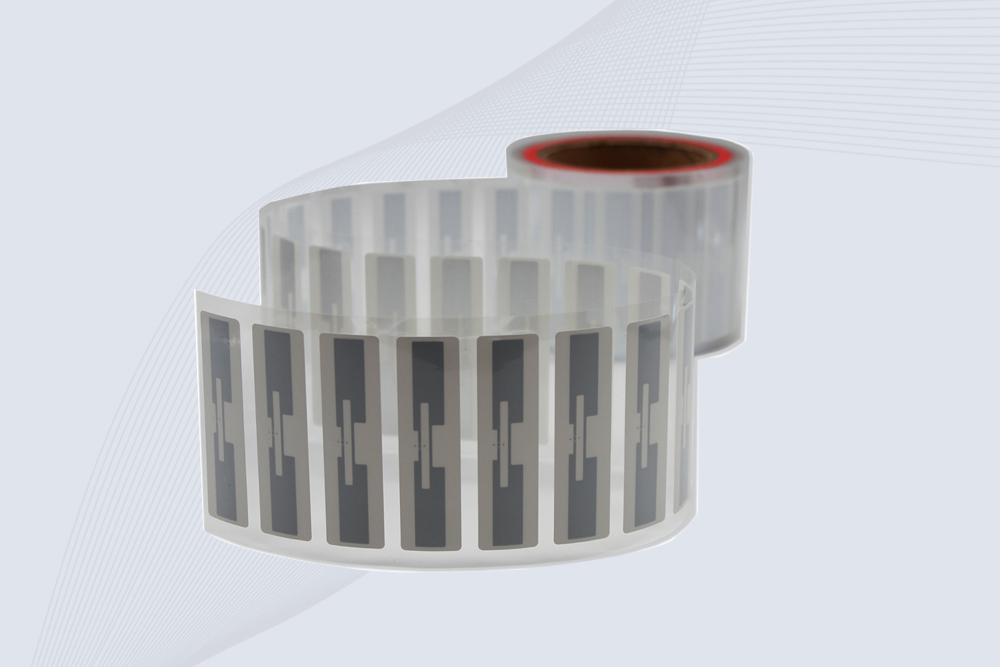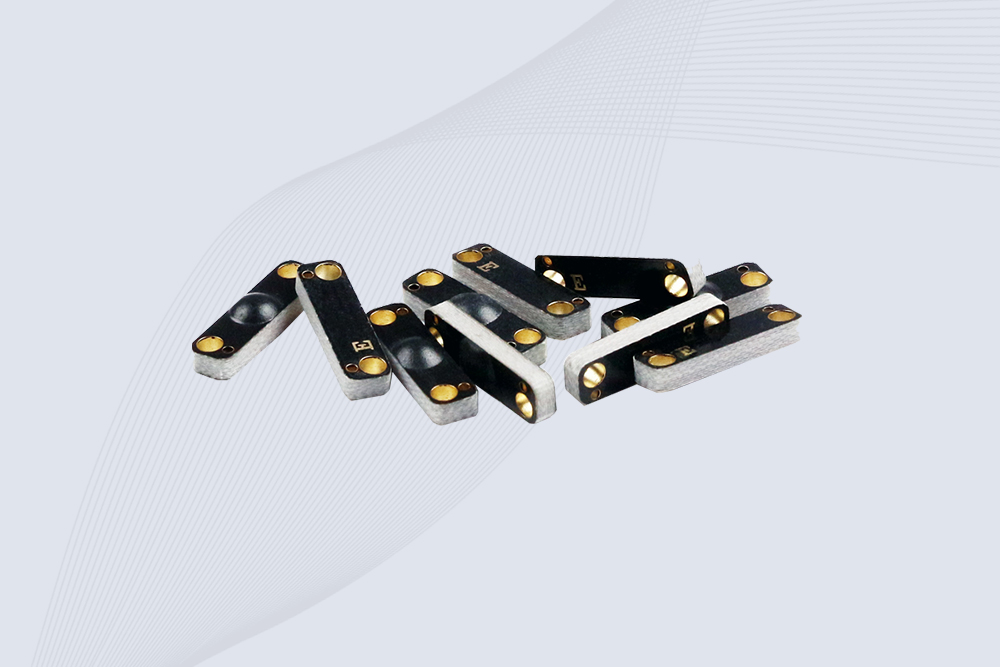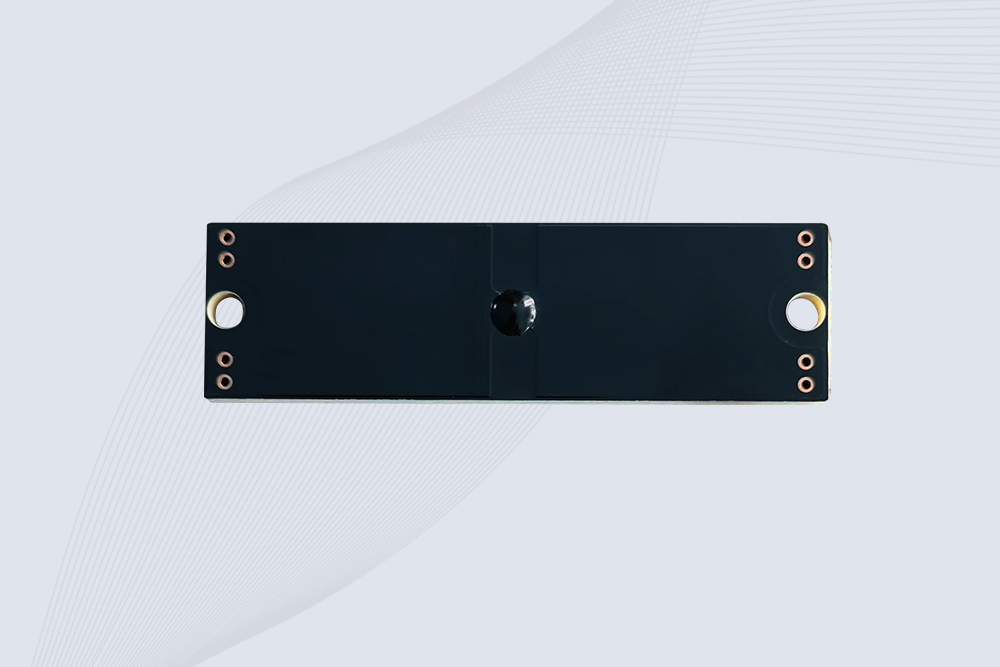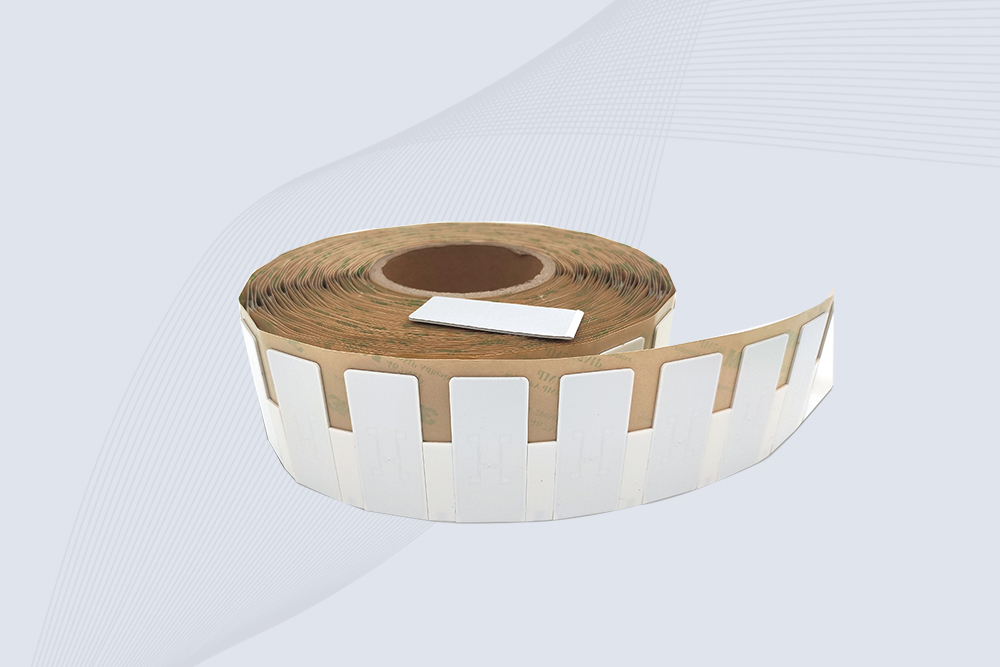What is UHF RFID Reader?
169what a UHF RFID reader is, how it works, and where it’s used in real life. From warehouses and retail to parking and healthcare, learn why these readers make tracking and inventory simple and efficient.
MoreAll RFID Product
A rugged RFID tag is basically an RFID label designed to survive in tough environments where a normal paper or plastic tag would fail. They usually come with:
From what I’ve seen across different industries, rugged RFID tags are common in:

When picking rugged RFID tags, here are the key things to look at:
Factor | Why It Matters | What to Check |
|---|---|---|
| Material & housing | Defines water, dust, shock resistance | Look at PPS, PEEK, TPU, stainless steel shells; sealed with epoxy or ultrasonic welding |
| Temperature range | Survival in hot/cold cycles | Check -20°C to +80°C or more; test with real temp cycles |
| Shock/vibration resistance | Machinery & transport damage | Drop test, hammer test, vibration test |
| Metal/liquid compatibility | Prevents signal drop | Try read tests on metal plates or near water |
| Water/dust rating | IP67 or higher keeps moisture out | Fully sealed or resin filled housings |

Here’s a few personal lessons learned while using rugged RFID tags outdoors:
From industry info and practice:
Rugged RFID tags aren’t just “overkill.” In harsh environments, they save time, cut down on errors, and reduce replacement hassle. When choosing one, don’t rely only on the datasheet—test it in your real setting, think about how you’ll mount it, and check if it fits the metal/liquid environment.
If you’re using them for outdoor projects—or even something like a custom battery pack that gets exposed to vibration, rain, or temperature swings—investing in rugged RFID tags pays off. Sure, they’re pricier, but the reliability is worth it.

Cykeo’s industrial anti-liquid passive RFID tags deliver 8m read range in wet environments, -40°C to 85°C tolerance, 10-year durability. Certified for ISO 18000-6C/EPC Gen2.

Cykeo’s CK-BQ1504 UHF anti-metal RFID tags features 10-year durability, 8m read range on metal surfaces, ISO 18000-6C compliance. Ideal for industrial asset tracking with FR4 PCB material.

Cykeo’s CK-BQ7020 on-metal RFID tags feature 5m read range, chemical resistance, and -40°C to +85°C operation for industrial asset tracking. Compatible with NXP/Impinj chips and ISO18000-6C protocols.

Cykeo CK-BQ6025 flexible anti-metal RFID tag offers 8m read range on metal, IMPINJ R6-P chip, and IP68 durability. Ideal for industrial tracking, logistics, and harsh environments.
what a UHF RFID reader is, how it works, and where it’s used in real life. From warehouses and retail to parking and healthcare, learn why these readers make tracking and inventory simple and efficient.
MoreLearn how to design and tune RFID antenna matching for better read range and system stability. This hands-on guide explains impedance principles, matching steps, real examples, and common pitfalls — perfect for RFID engineers and solution provider...
MoreLearn the critical maintenance requirements for industrial RFID systems to ensure longevity and accuracy. Discover Cykeo’s strategies for minimizing downtime in harsh environments.
MoreUnderstand the differences between NFC and RFID, their unique applications, and how Cykeo’s hybrid solutions bridge both technologies for seamless operations.
More